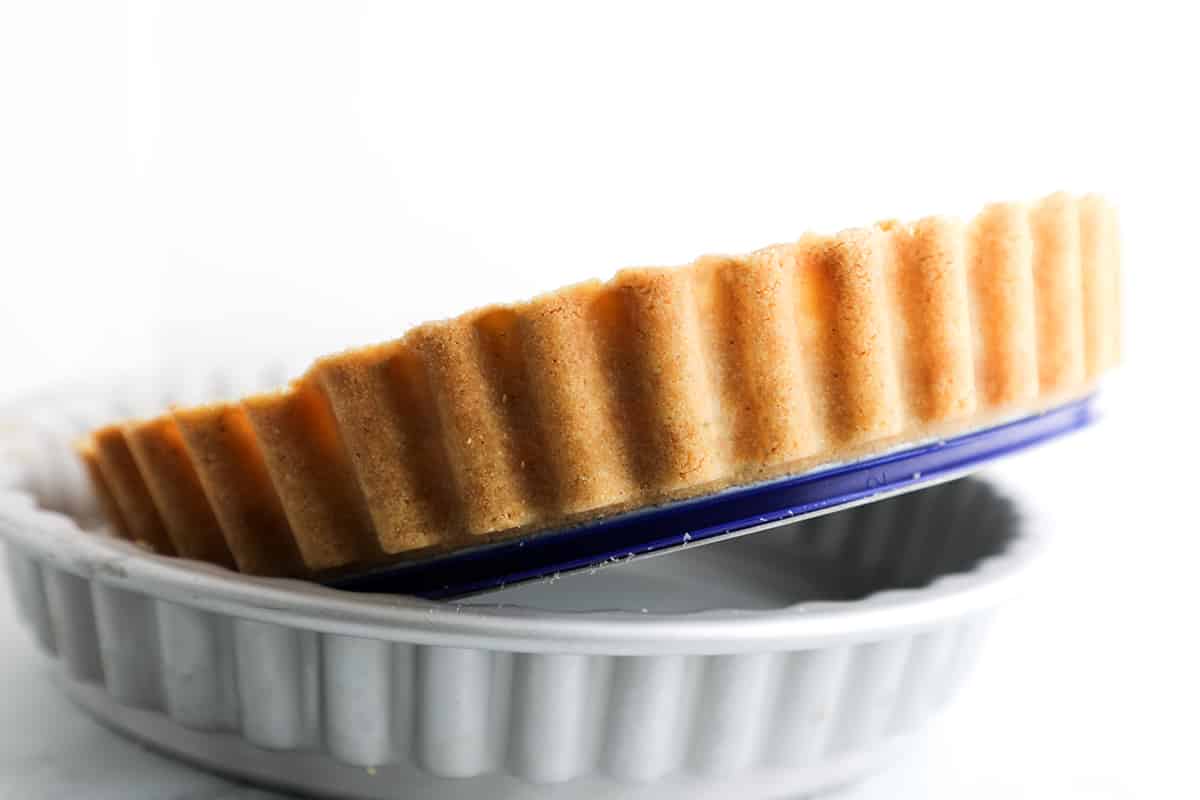
This site runs ads and generates income from affiliate links. Read my disclosure policy.
With just a few common ingredients, this Shortbread Crust {Sablé Breton} recipe makes the ultimate base for all your baking needs.
If you haven’t made shortbread crust before, you have to try it! It’s a sweet cookie crust that’s so easy to make and delicious that you’ll wonder why you’ve not been making it this way forever!
I just know you’ll love it as much as I do. perfect for fruit tarts, cream pies, and so much more. I’ve used it as a pie crust for my Rhubarb Strawberry Pie and the base for my Strawberry Tart. The options are endless.
Why This Recipe Works
- A mixture of all-purpose and rice flour helps to create that sandy texture you want in a good Sablé Breton shortbread.
- Vanilla adds warmth and depth of flavor.
- Using two kinds of sugar adds complexity and balanced sweetness.
Shortbread Crust Vs Sable Breton
Sable Breton (pronounced ‘sob-lay breh-tawn’) is the french word for shortbread. Sablé means sand which refers to the sandy texture of the dough before it’s pressed or rolled together.
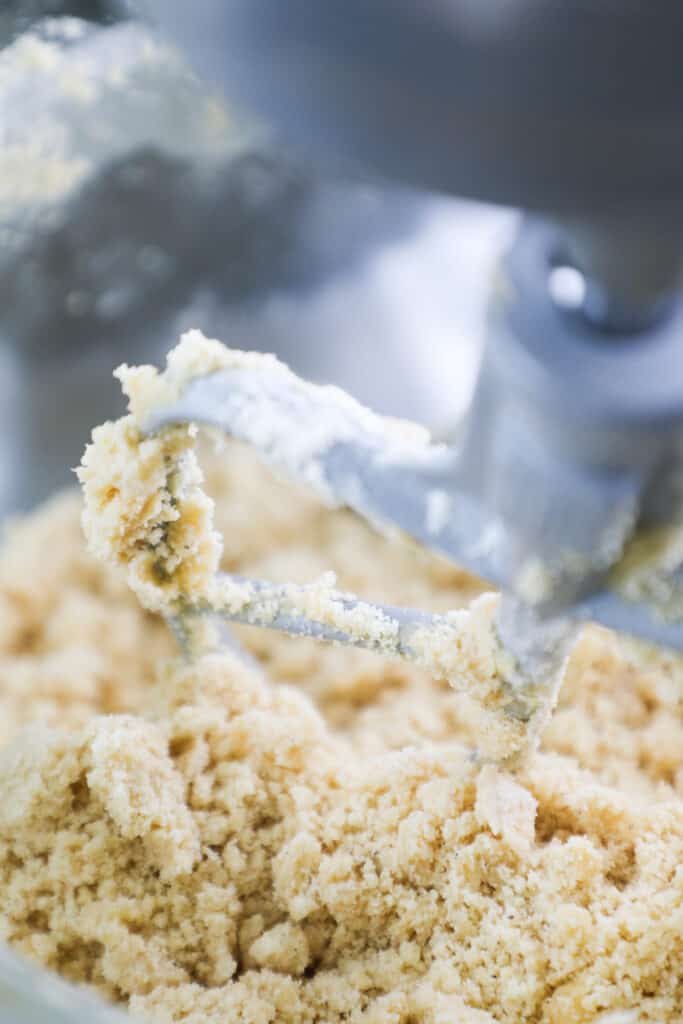
Two Secrets to Perfect Shortbread Crust
After pressing the Shortbread Crust {Sablé Breton} dough into the pan, don’t hurry to put it in the oven! Instead, chill it in the refrigerator for at least thirty minutes. Resting in the fridge will solidify the butter and firm it up. This will help keep it from puffing up and concentrates the flavors for the best ever Sablé Breton.
A slow bake at a low temperature gives it an even color and texture all the way through the crust giving it the snap a good shortbread should have.
Ingredients Notes
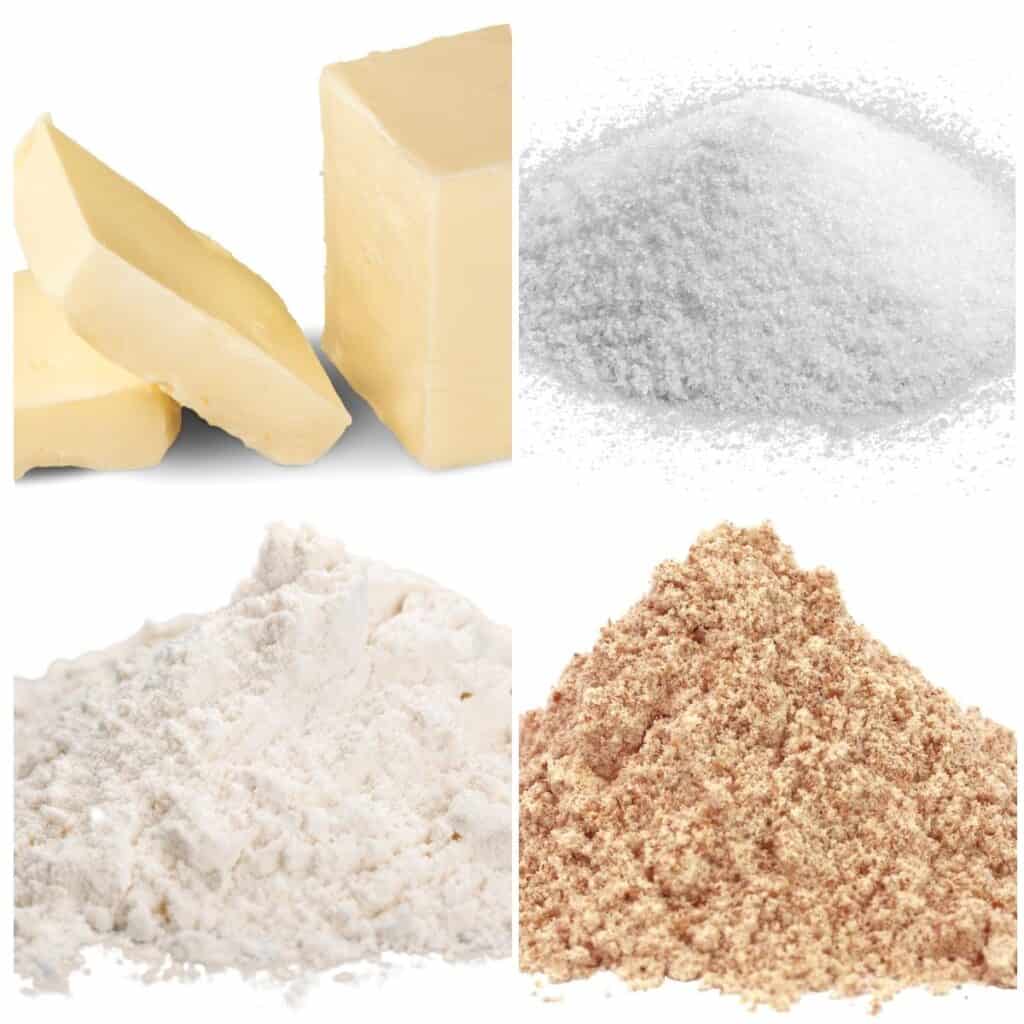
- Butter: As butter is the star ingredient, use the best quality butter you can afford. I like to use European butter, which has less water and higher fat content.
- Sugar: This recipe calls for granulated and light brown sugar (not to be confused with demerara sugar). Superfine sugar (aka caster sugar) can be used in place of granulated, and dark brown sugar can be used as a substitution for light brown sugar.
- Flour: A combination of all-purpose and rice flour is used in this recipe. Rice flour helps create a crumbly texture. If you don’t have rice flour, just use entirely all-purpose flour instead (I’ve made it both ways with good results). Self-rising flour is not suitable for shortbread.
- Vanilla: Vanilla bean paste is my preference for a lot of baking, but vanilla extract can work just as well. You can also use a little almond extract for a different flavor profile or omit the vanilla altogether.
Step By Step Instructions
Preheat the oven to 300°F/148°C and grease a 9-inch removable bottom tart pan.
Using a food processor or mixer fitted with the paddle attachment, beat the butter, sugar, vanilla, and brown sugar vigorously until pale and fluffy, about 3 minutes.
This is an important step – Beat the butter and sugar together really well together as it ensures the shortbread holds together with a light, tender texture.
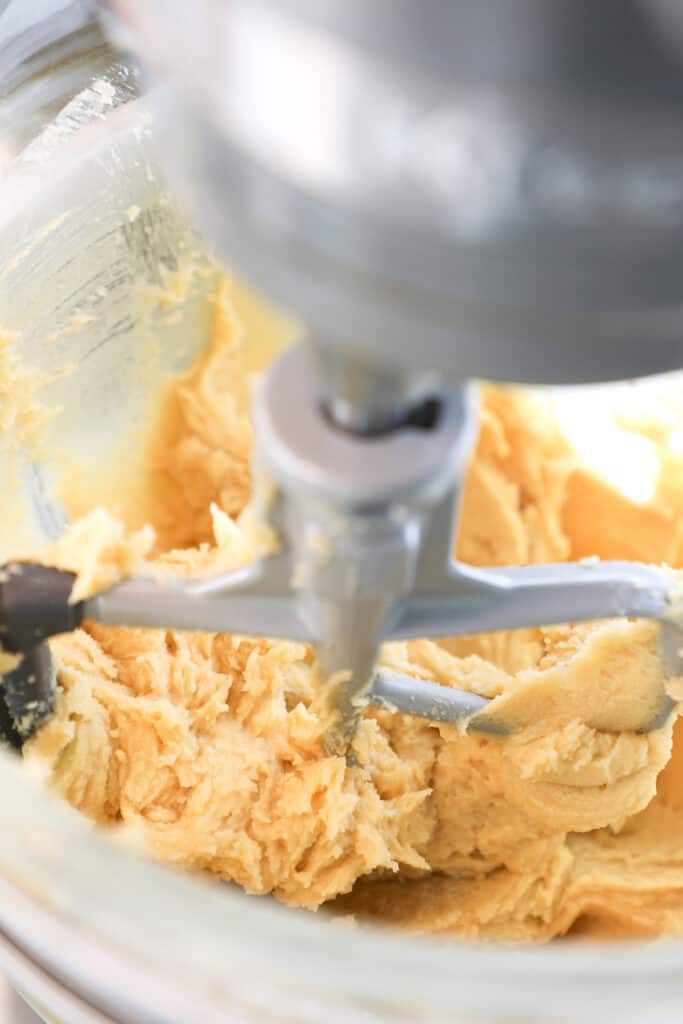
In a separate bowl, sift the flour and salt. Add it to the butter mixture and mix until just blended, being careful not to over mix. The mixture will be sandy with some large clumps (when it’s pinched between).

Transfer the Shortbread Crust {Sablé Breton} mixture to the prepared pan.
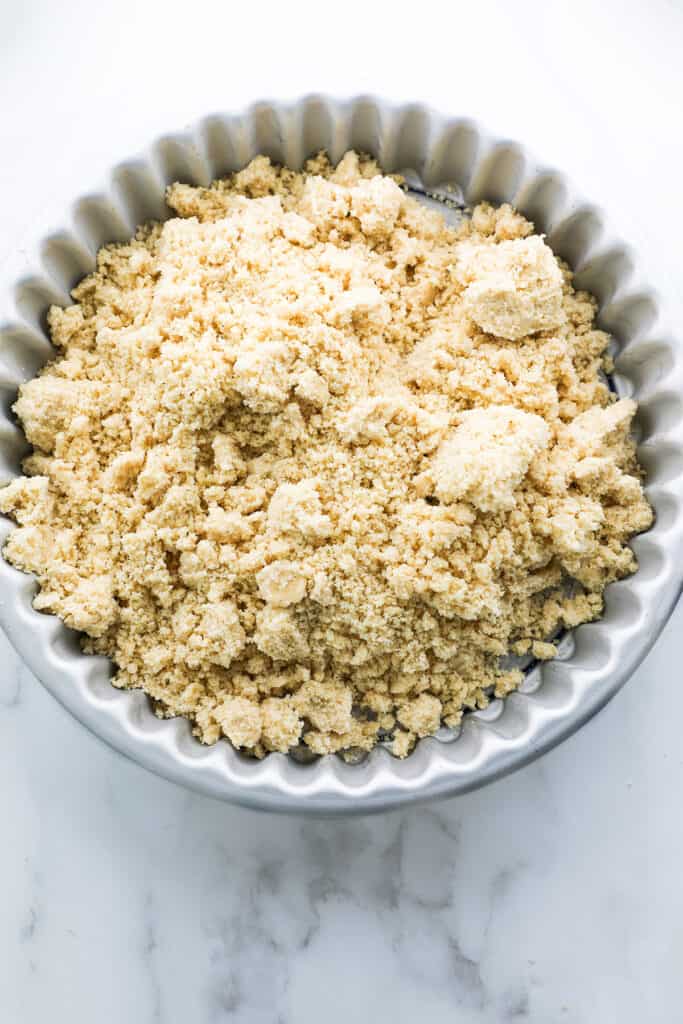
Press the mixture evenly around the base and sides. You can do this with floured hands or by using a cup to press and flatten it.
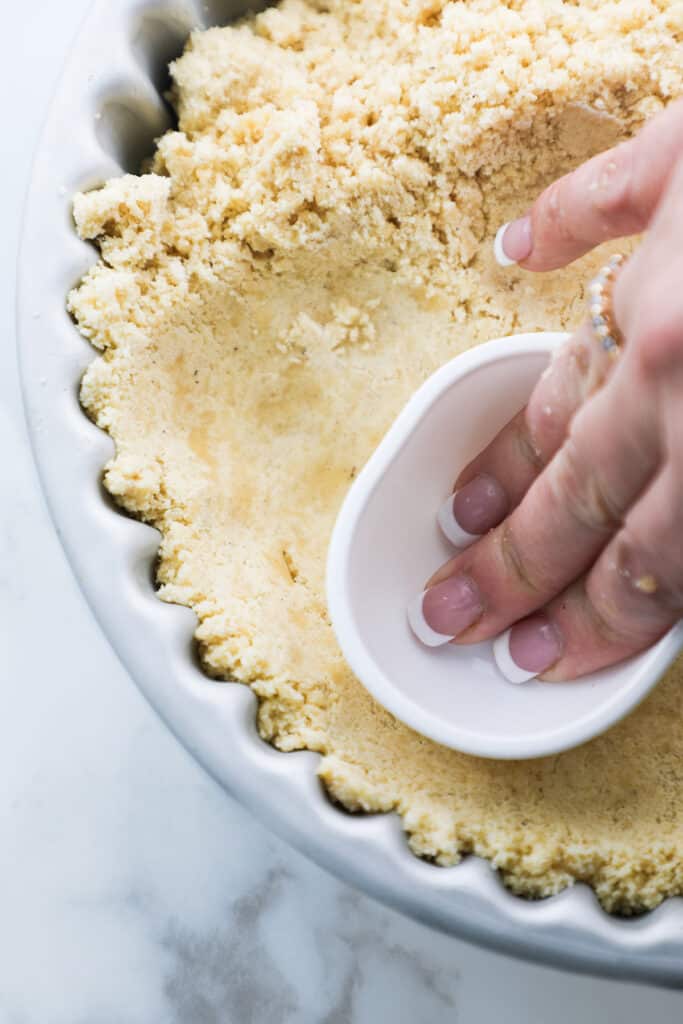
Use a fork to dock the bottom of the dough all over. This will help keep the puffing to a minimum and allow the heat to be distributed better.
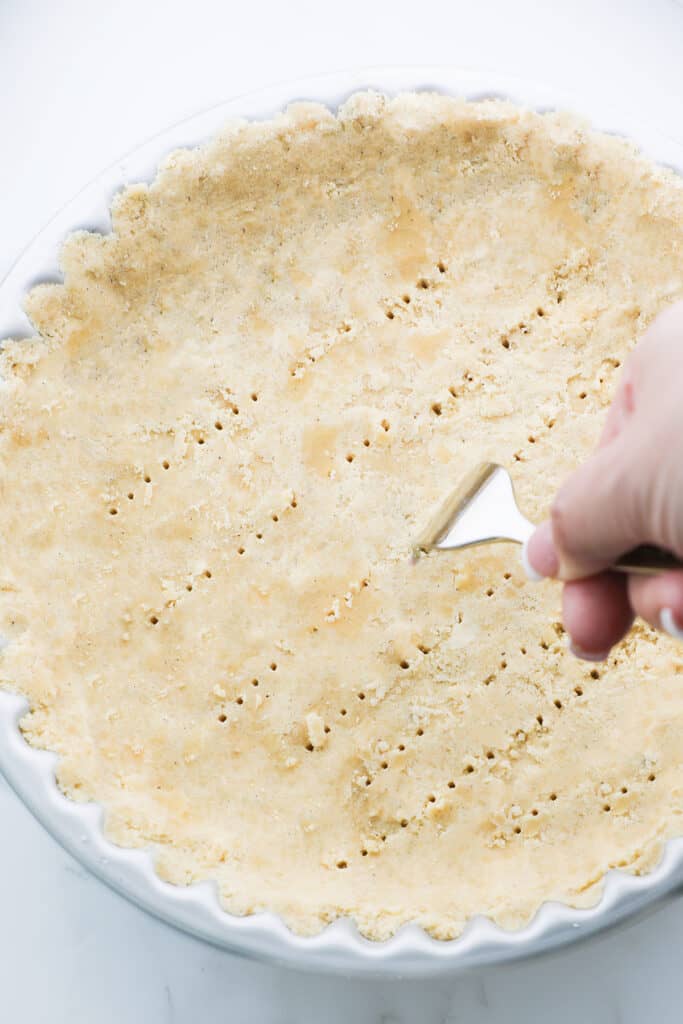
Cover with plastic wrap and allow the dough to rest for at least 30 minutes.
If you’re using it for a shell, bake for 45 minutes or until the edges are lightly browned.
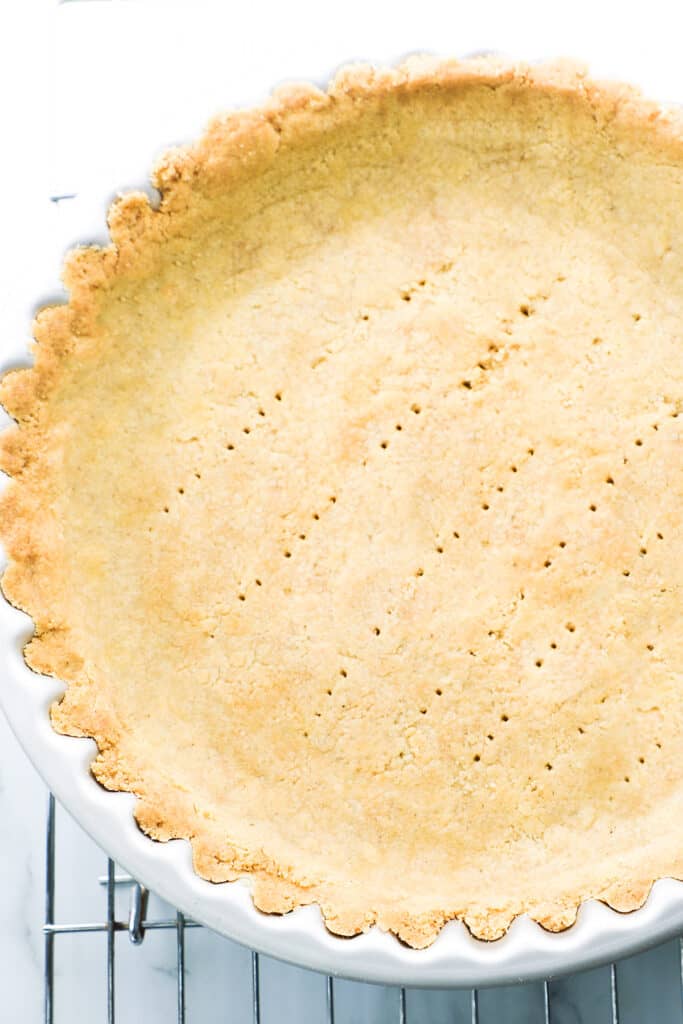
Cool completely in the pan on a cooling rack before pressing the bottom of the pan up through the middle and gently remove it from the pan before filling.
If you are using a filling that needs to bake in the crust, partially bake the crust for 15 minutes, then fill and bake as directed. I filled the tart pictured below with the filling from my lemon squares and it was delicious!
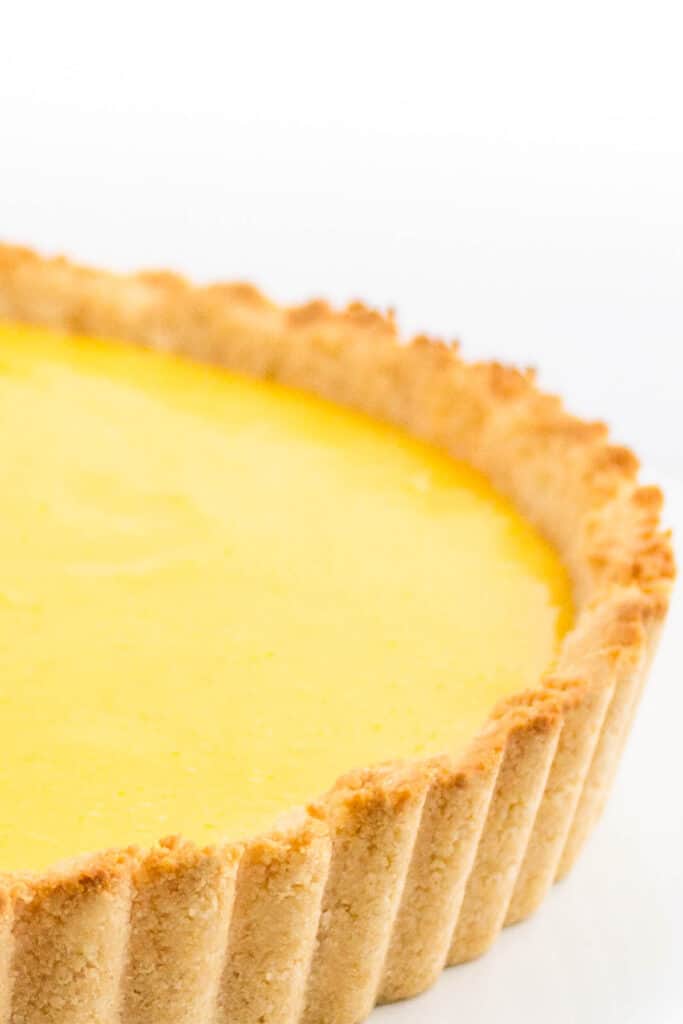
Erren’s Top Tips
- If you don’t have a tart pan, this Shortbread Crust {Sablé Breton} recipe can be used using an 8″ (20 cm) or 9″ (23 cm) square pan or baking dish, pie plate, or a springform pan. Using an 8-inch pan will result in a thicker crust. You can also use it for tartlets by using a mini tart pan or muffin pan.
- Use room temperature softened butter – Butter that is too hard won’t easily incorporate into the sugar, which is the key to a tender shortbread.
- Beat your butter and sugar together for a good 3-4 minutes for the best possible results. At this stage, you can’t overmix, so when in doubt, beat it another minute.
- For an even lighter texture, sift the dry ingredients together before adding them to the creamed butter and sugar.
- Flour your hands before pressing the dough into the pan to keep it from sticking to your hands.
Rate This Recipe
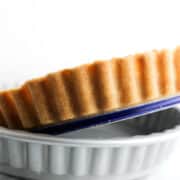
Recipe
Shortbread Crust {Sablé Breton}
Ingredients
- 1 cup butter (at room temperature)
- ½ cup sugar
- ¼ cup light brown sugar (packed)
- 1 tablespoon vanilla bean paste or pure vanilla extract
- 2 cups all-purpose flour
- ⅓ cups rice flour (if you don’t have it, all-purpose will do)
- ½ teaspoon salt
Instructions
- Preheat the oven to 300°F/148°C and grease a 9-inch removable bottom tart pan.
- Using a food processor or mixer fitted with the paddle attachment, beat the butter, sugar, vanilla, and brown sugar vigorously until pale and fluffy, about 3 minutes. It’s an important step to beat the butter and sugar well together when making shortbread, as this ensures the shortbread is light, crisp, and holds together.
- In a separate bowl, sift the flour and salt. Add it to the butter mixture and mix until blended (forming large clumps).
- Transfer the mixture to the pan and press it evenly around the base and sides. Use a fork to dock the bottom of the dough all over.
- Cover with plastic wrap and allow the dough to rest for at least 30 minutes.
- If using a filling that needs to bake in the crust, partially bake the crust for 15 minutes, then fill and bake as directed. If you’re using it for a shell, bake for 45 minutes or until the edges are lightly browned.
- Cool completely in the pan on a cooling rack before pressing the bottom of the pan up through the middle and gently remove it from the pan before filling.
Tips
- If you don’t have a tart pan, this recipe can be used using an 8″ (20 cm) or 9″ (23 cm) square pan or baking dish, pie plate, or a springform pan. Using an 8-inch pan will result in a thicker crust. You can also use it for tartlets by using a mini tart pan or muffin pan.
- Use room temperature softened butter – Butter that is too hard won’t easily incorporate into the sugar, which is the key to a tender shortbread.
- Beat your butter and sugar together for a good 3-4 minutes for the best possible results. At this stage, you can’t overmix, so when in doubt, beat it another minute.
- For an even lighter texture, sift the dry ingredients together before adding them to the creamed butter and sugar.
- Flour your hands before pressing the dough into the pan to keep it from sticking to your hands.
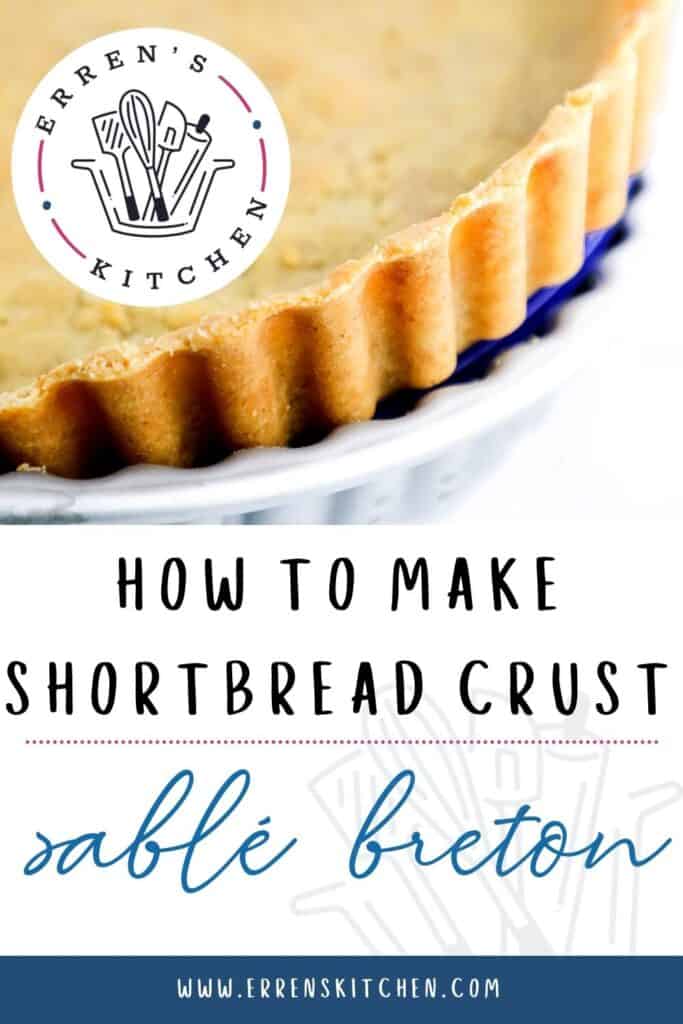
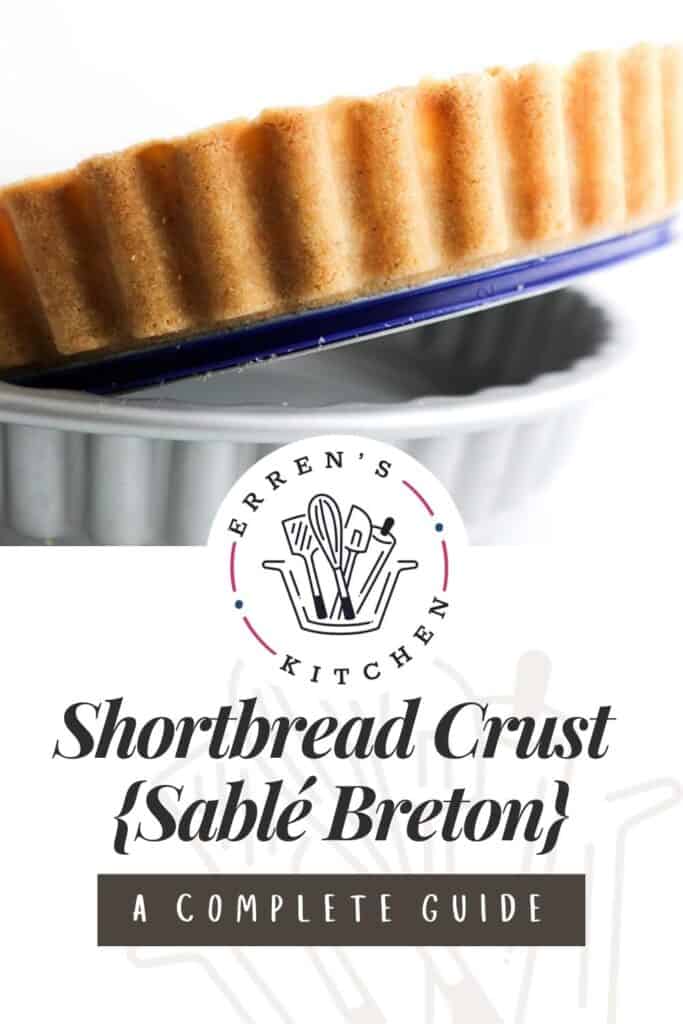
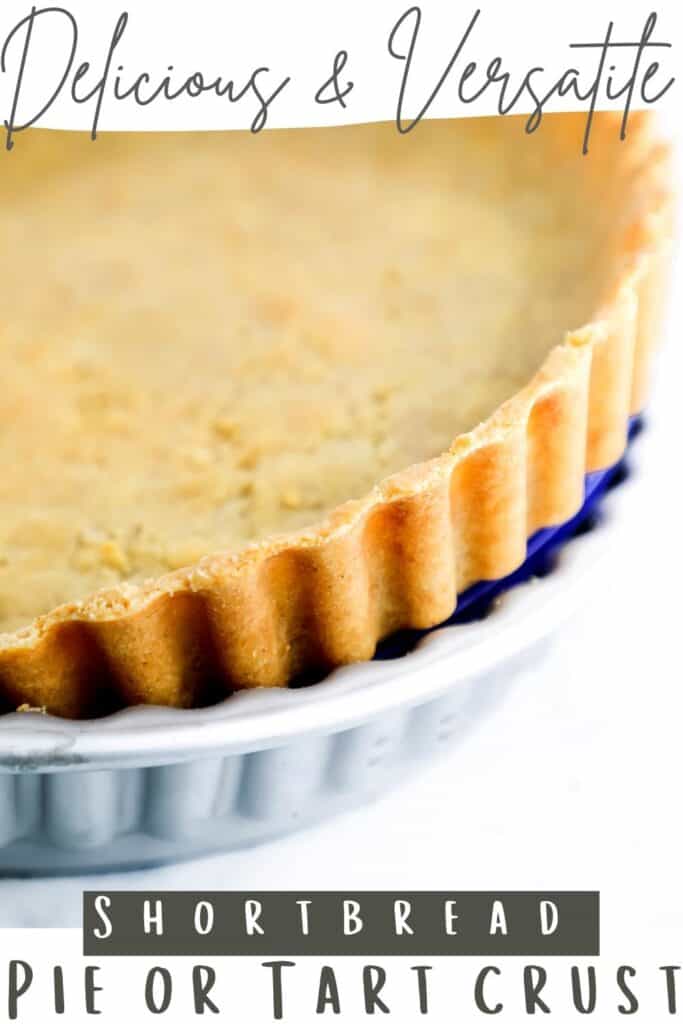
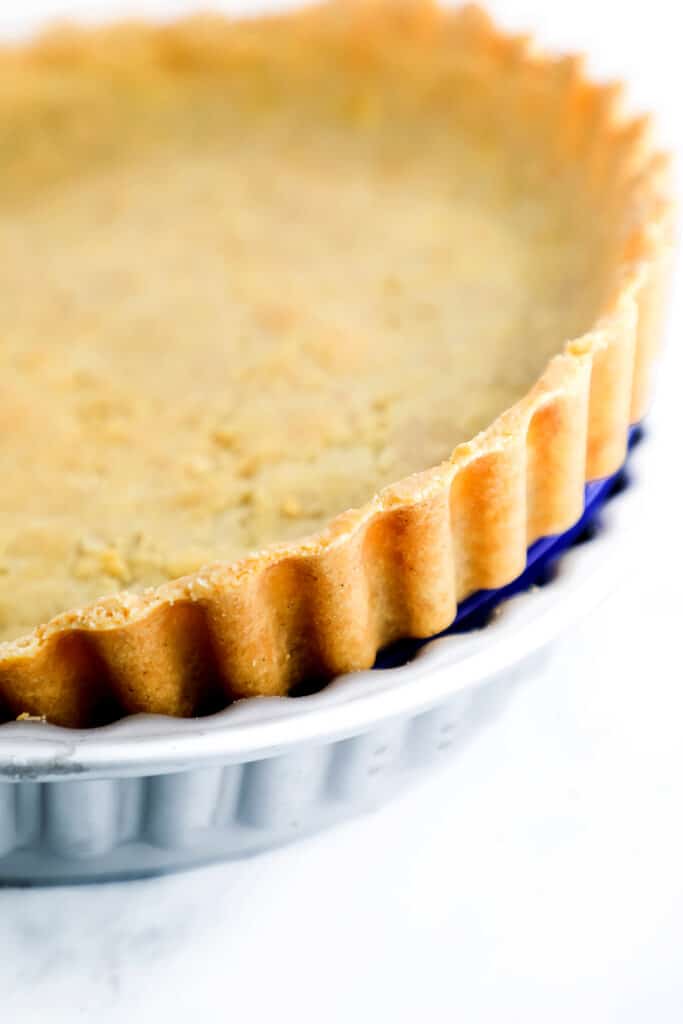

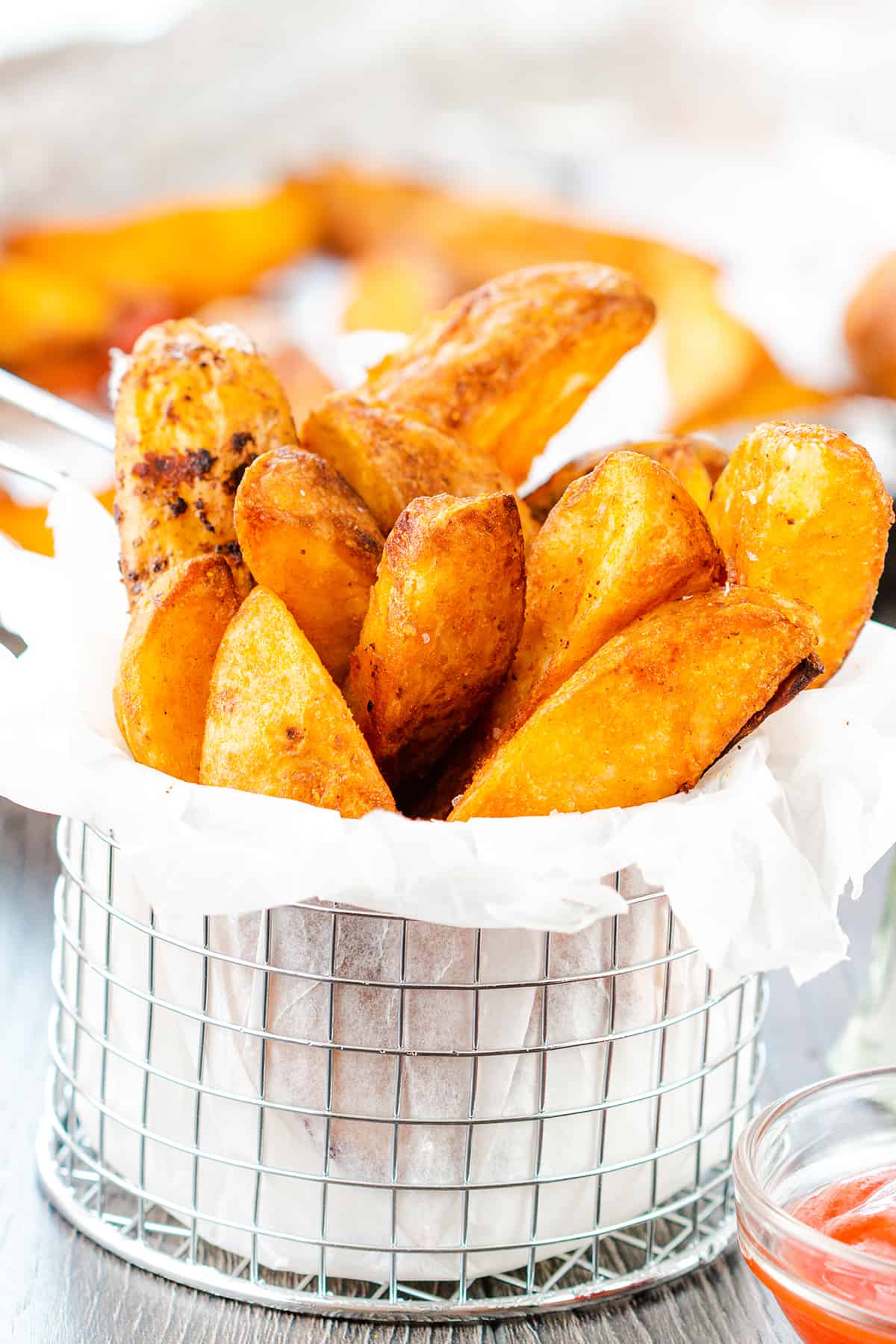
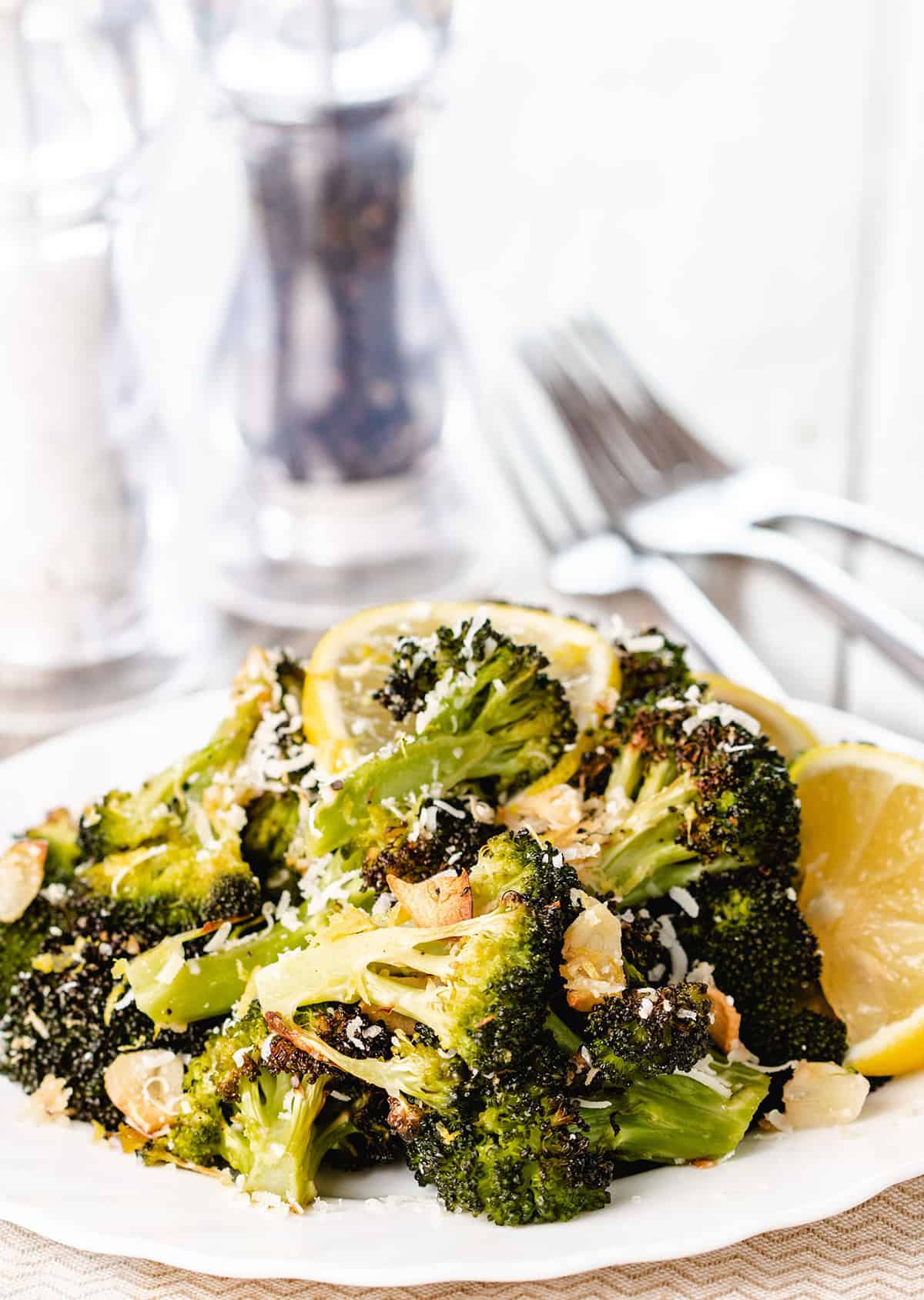
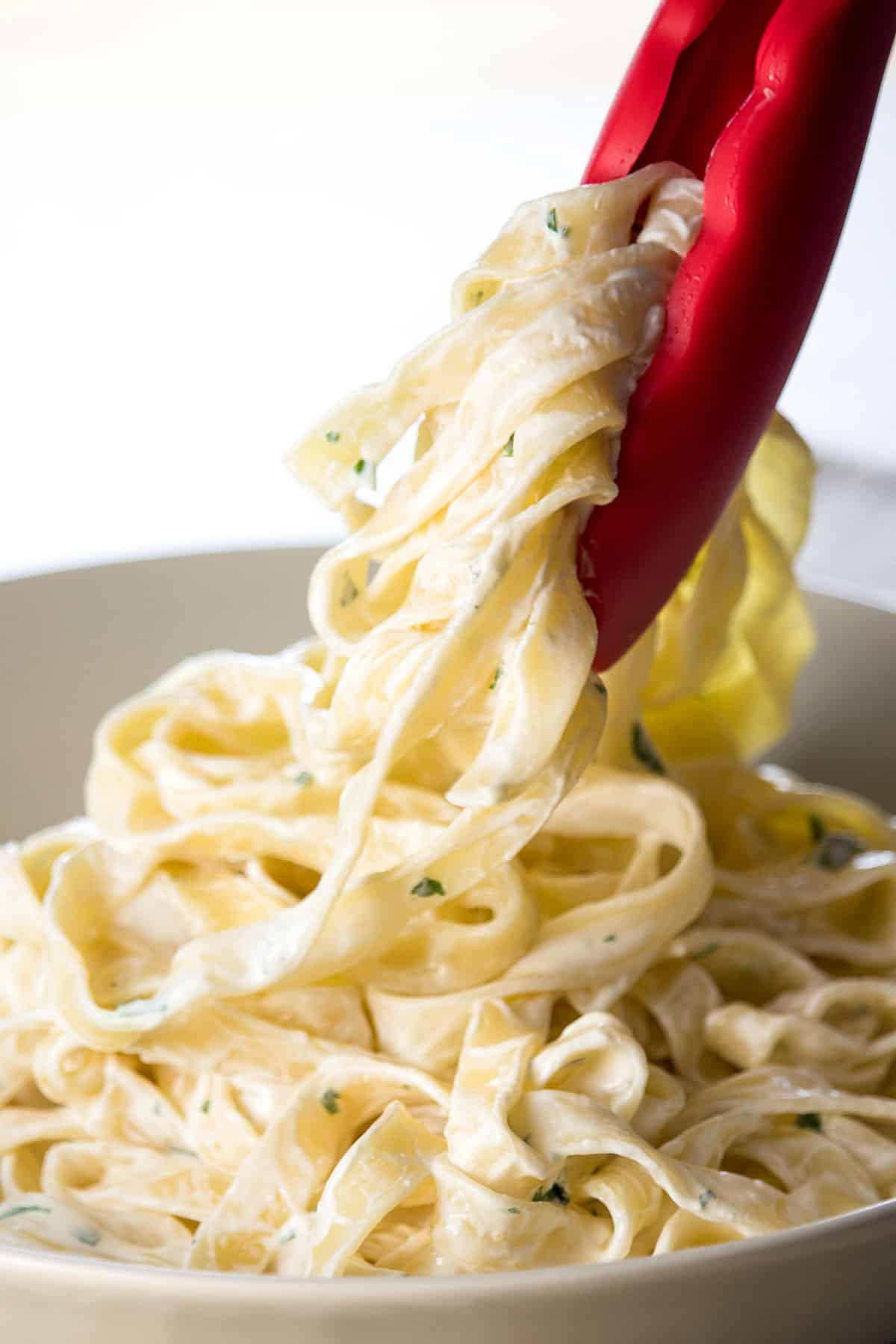
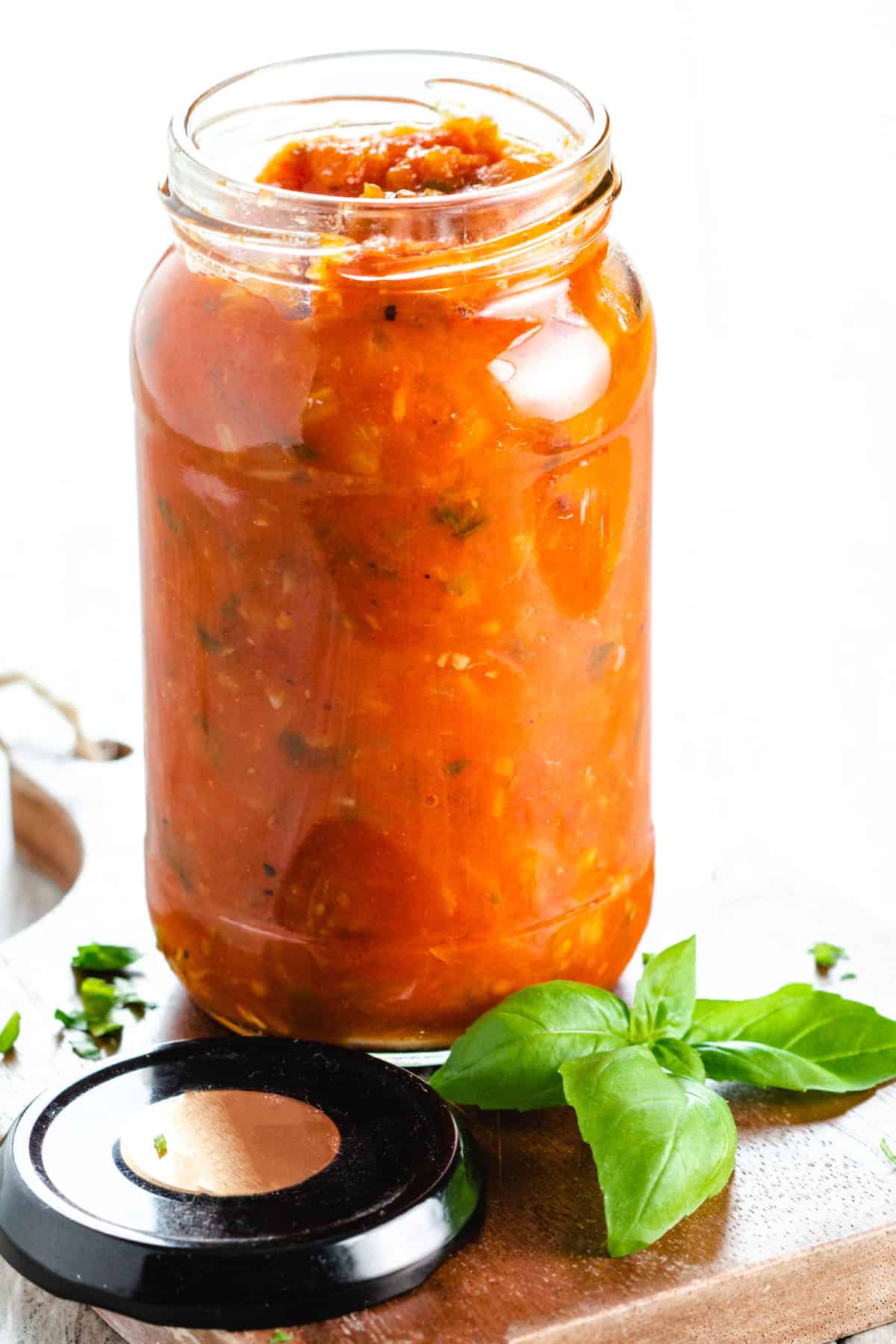
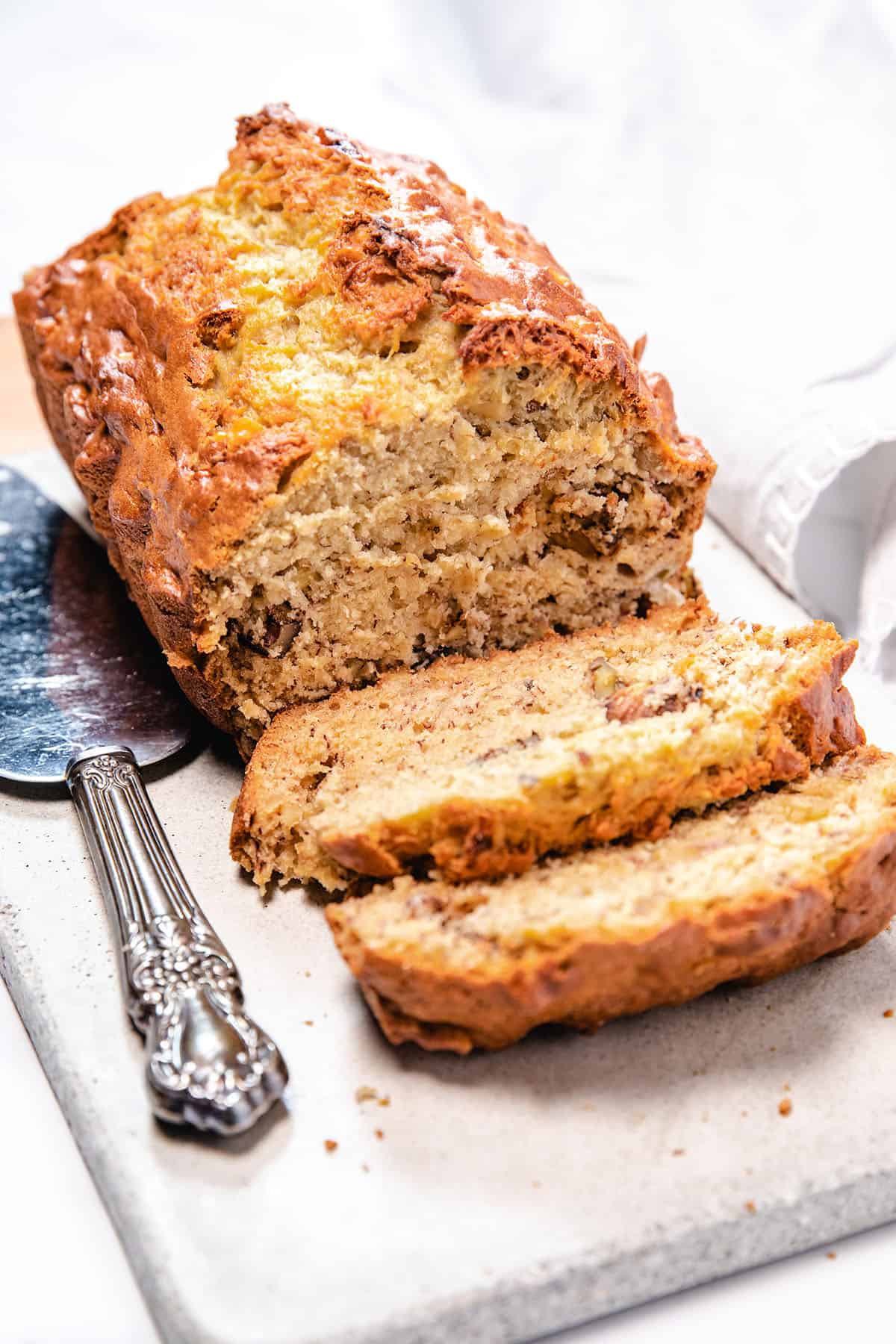
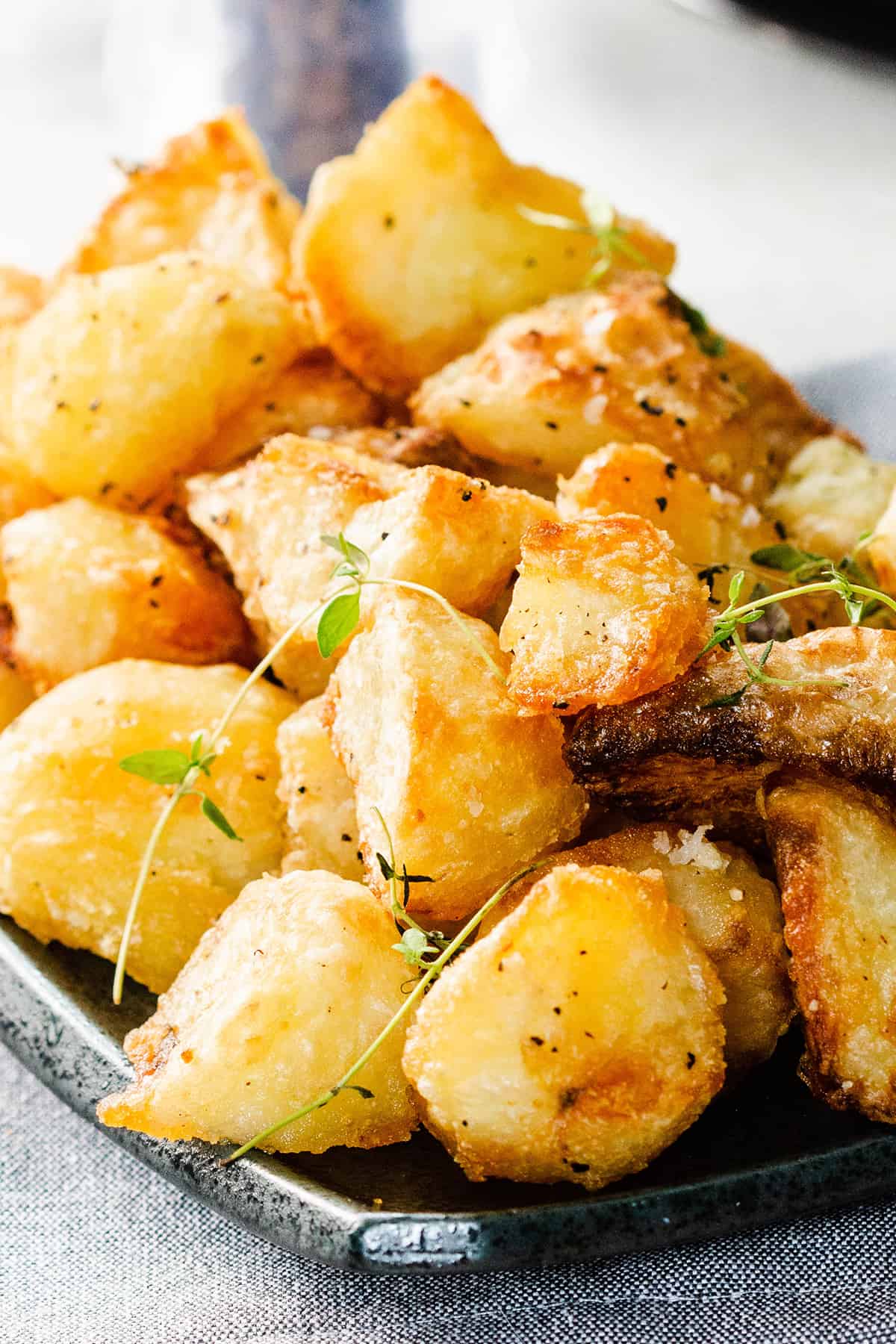
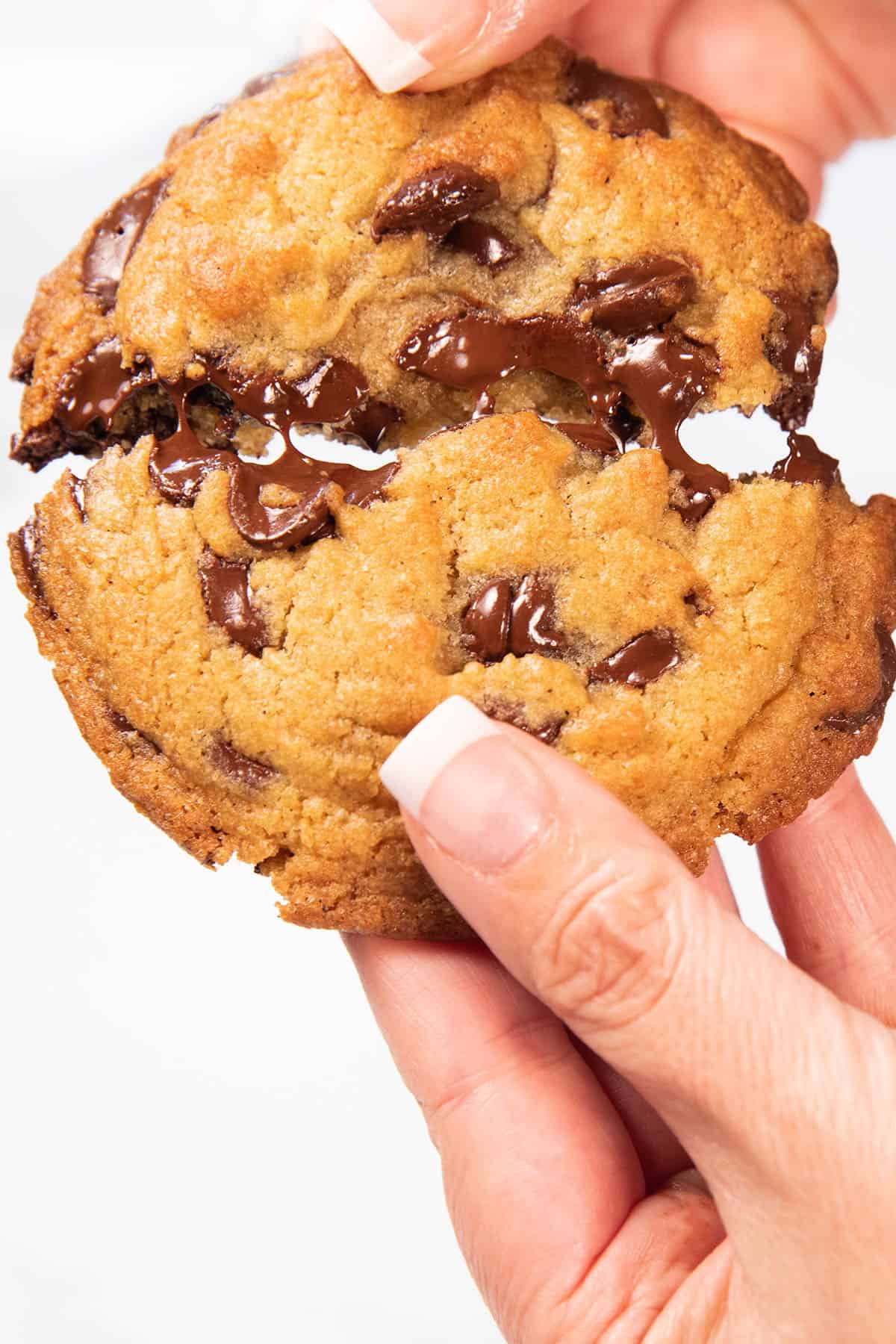
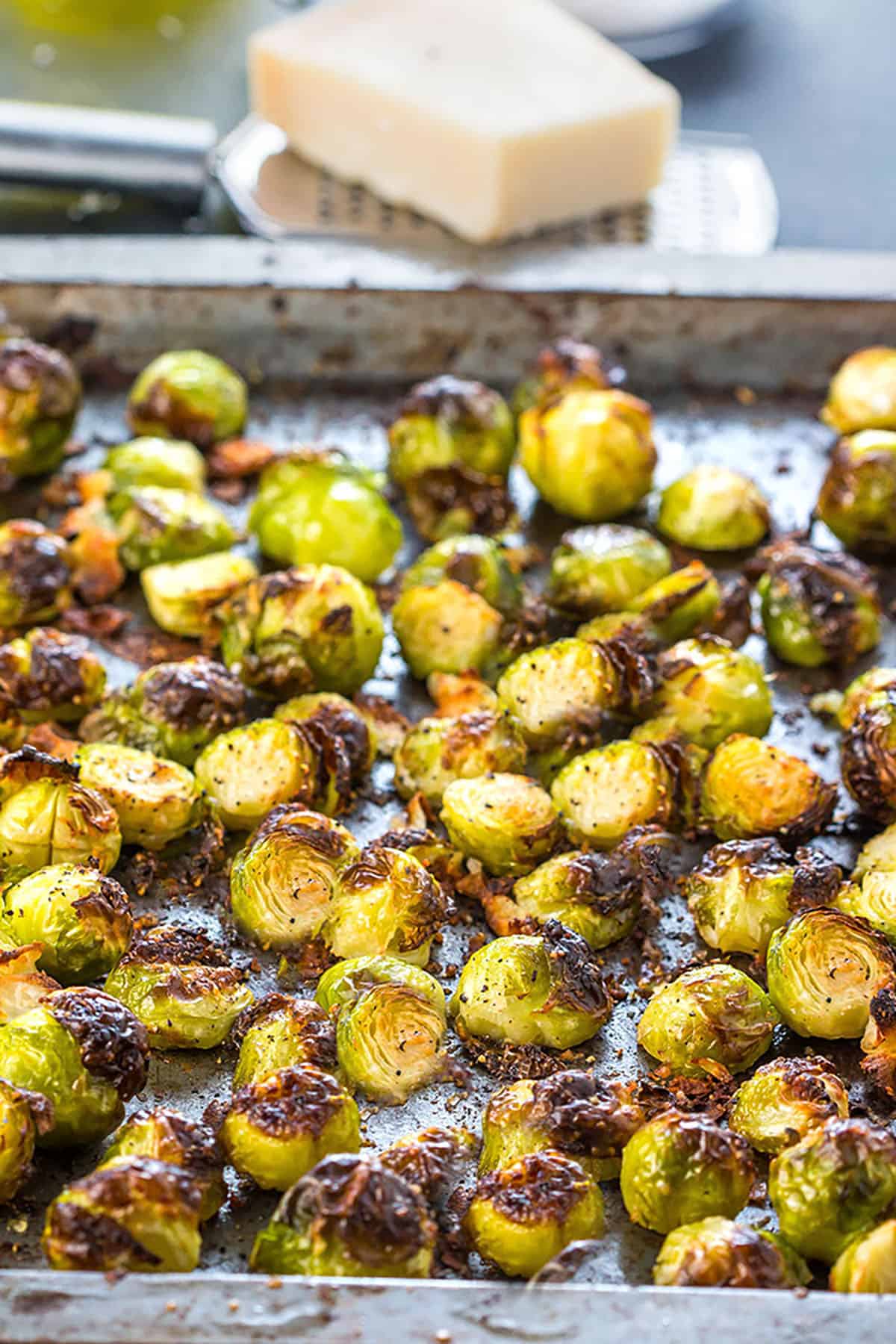
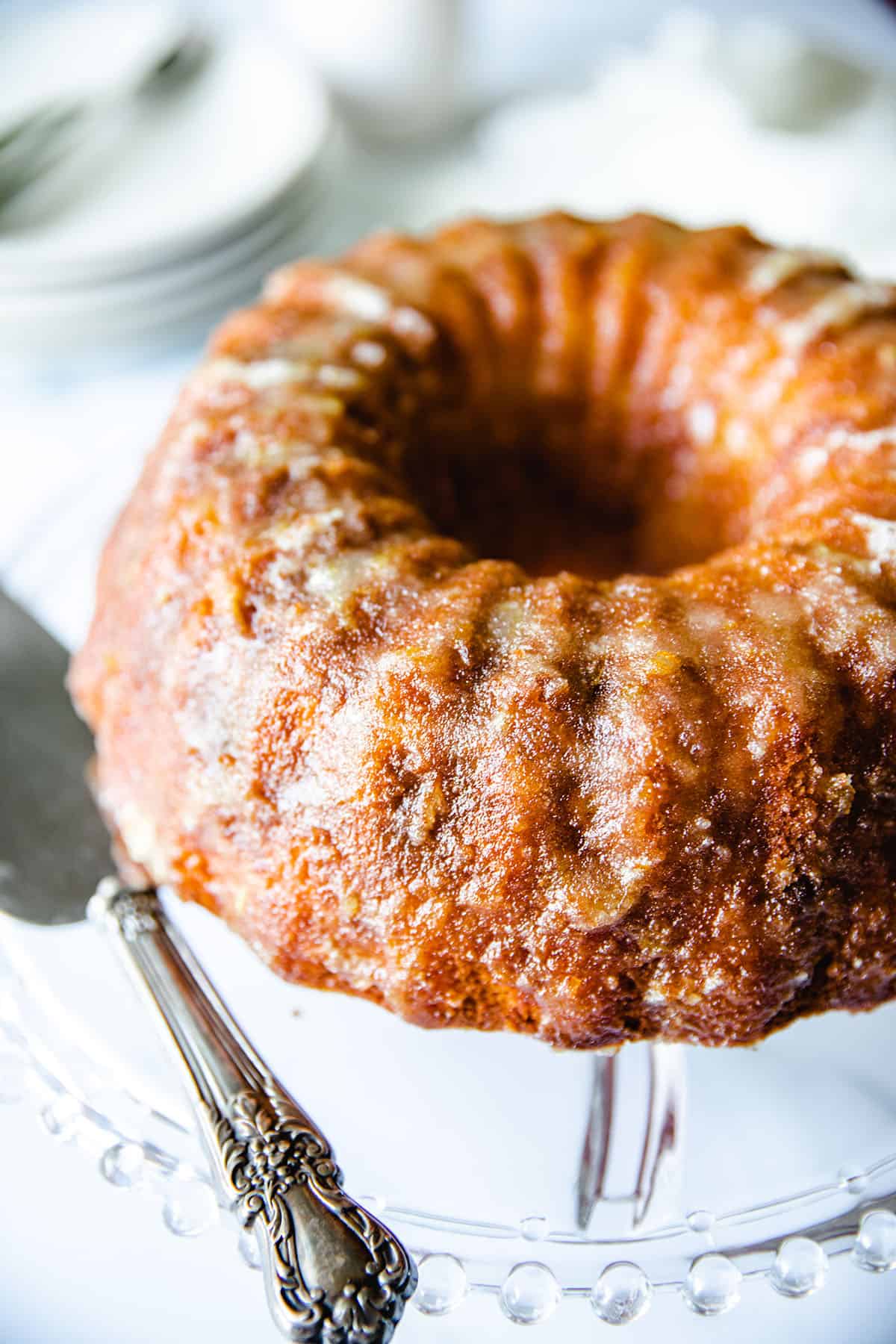
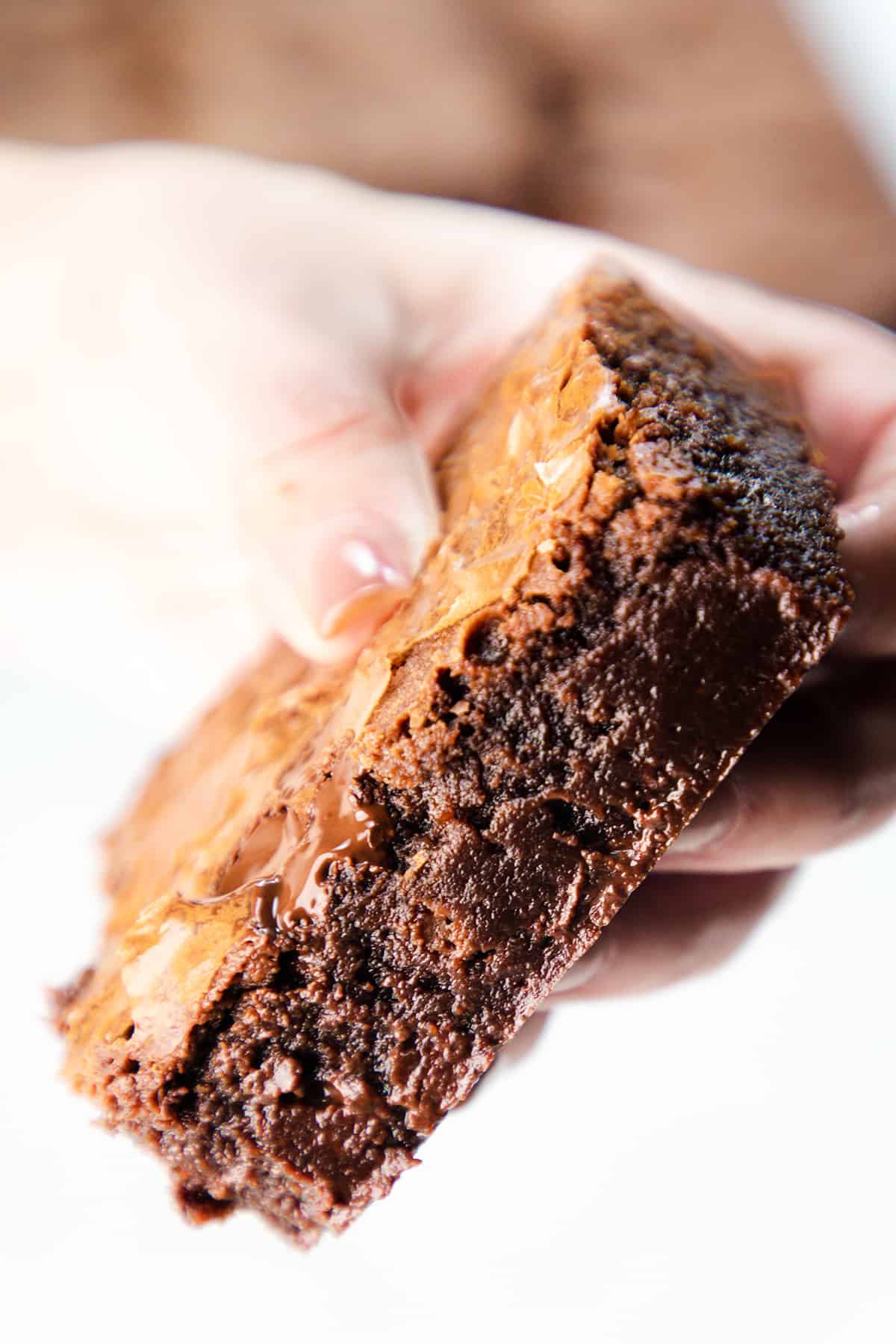

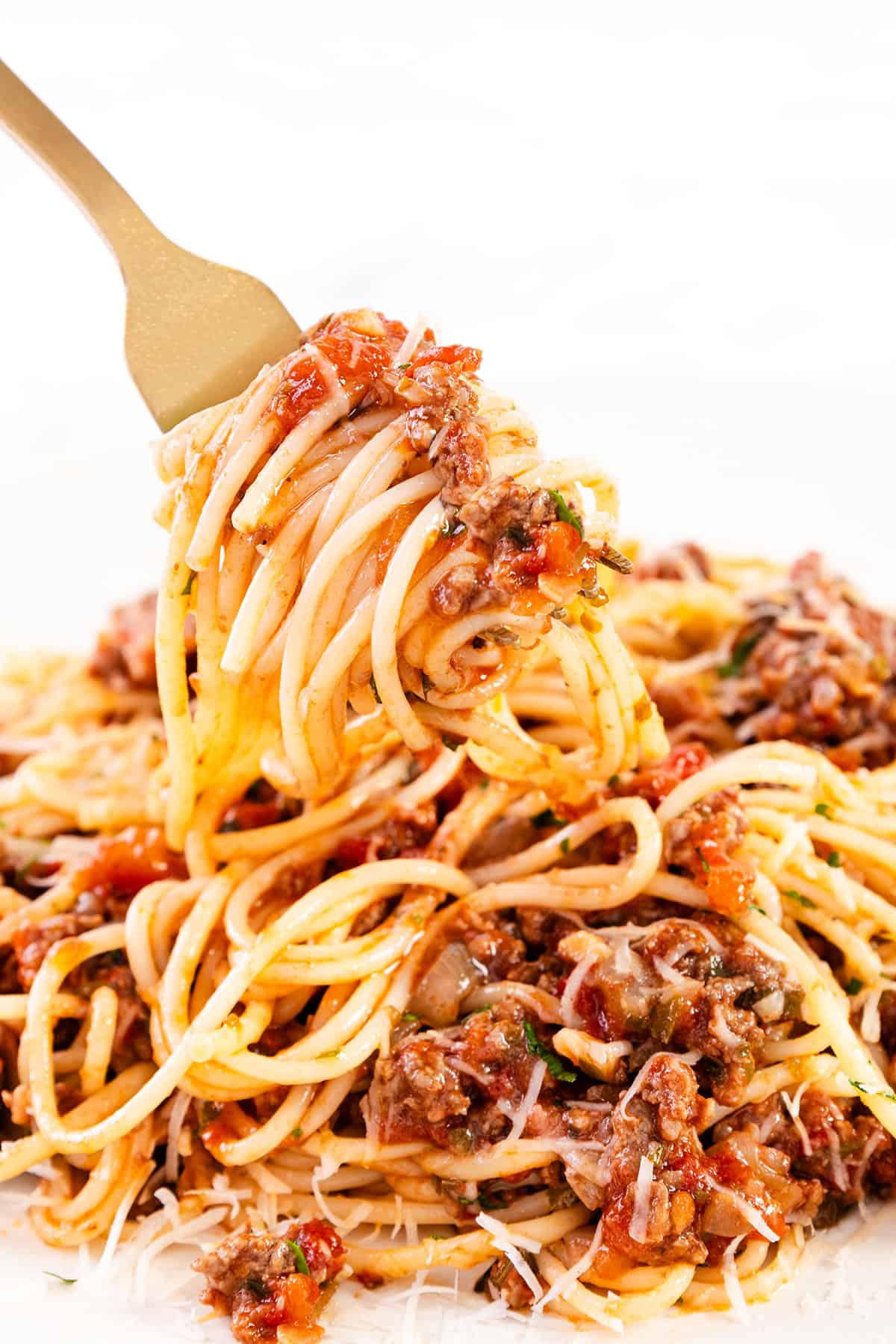
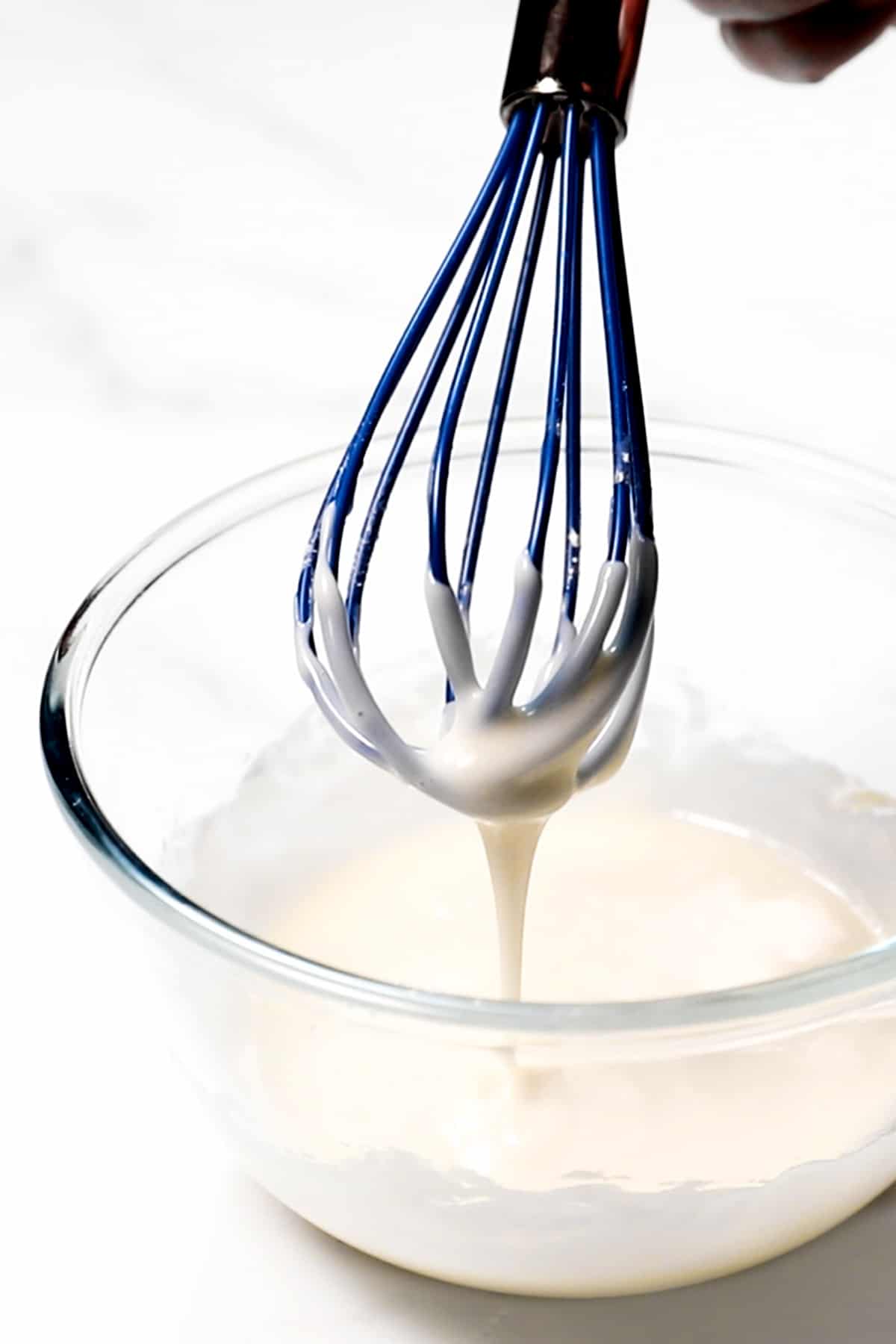

Leave a Reply